It is a commonly held view that gaining access to leadership positions for women in the Pacific can be challenging. This view is, in large part, because much of the discussion on women’s leadership has focused on the region’s extremely low representation of women in politics. But a new study by the Pacific Private Sector Development Initiative (PSDI) has found that women are increasingly holding senior leadership and decision-making roles in the Pacific business community.
A growing body of research – including studies by Bankwest Curtin Economics Centre/Workplace Gender Equality Agency, Credit Suisse and the International Labour Organization – shows that greater gender diversity in leadership delivers commercial benefits for companies through a better mix of leadership skills, a wider pool of talent, a better reflection of consumers, and improved corporate governance.
Yet, studies tracking women’s representation, such as this 2020 study from the UK, confirm that women continue to be grossly under-represented in corporate leadership and that a lack of women in leadership negatively impacts company performance, productivity, and profitability. This, in turn, constrains private sector development and economic growth. Despite the well-documented benefits, women hold just 16.9% of board seats, 5.3% of board chair positions, and 4.4% of chief executive officer (CEO) positions globally.
So what does women’s leadership in business in the Pacific look like?
The PSDI report examines women’s leadership in business across the 14 Pacific developing member countries of the Asian Development Bank. The study establishes a baseline for women’s representation in business leadership and compares this with global averages and the rate of women’s political leadership in the Pacific.
The study’s findings suggest that more opportunities for women to take on leadership roles exist in the business community than the political sphere. According to the data collected, the proportion of women as board directors in the Pacific is higher than women members of Parliament (MPs) in 13 of 14 countries, while the proportion of women CEOs is higher than women MPs in 10 (Figure 1).
Figure 1: Comparison of women in political and business leadership in the Pacific (2021)
COO = Cook Islands, FSM = Federated States of Micronesia, FIJ = Fiji, KIR = Kiribati, NAU = Nauru, NIU = Niue, PAL = Palau, PNG = Papua New Guinea, RMI = Republic of Marshall Islands, SAM = Samoa, SOL = Solomon Islands, TON = Tonga, TUV = Tuvalu, VAN = Vanuatu.
Women’s representation in business leadership in the Pacific also compares favourably with global averages. In the Pacific, women hold, on average, 21% of board seats, 11% of board chair positions, and 17% of deputy board chair roles (Figure 2). In senior management, women comprise 13% of CEOs and 34% of chief financial officers and/or chief operating officers.
Figure 2: Pacific regional average for board chairs, deputy chairs, directors, and chief executive officers (%)
The proportion of women in leadership roles varies considerably by country, organisation type, and sector. Half of the countries exceed the regional average of 21% women directors. For those below the regional average, all but Nauru and Solomon Islands exceed the global average of 16.9% (Figure 3). The Cook Islands, Palau and Samoa stand out as having higher proportions of women as both directors and CEOs than most countries in the region.
Figure 3: Women in board seats and as chief executive officer position in the Pacific, by country (%)
The study also examined representation across five categories of organisation type and sector. It found that industry associations, such as chambers of commerce, have the highest average representation of women (Figure 4). By sector, only tourism exceeds the Pacific regional average for every type of leadership measured (Figure 5).
Figure 4: Women on boards and in senior management in the Pacific, by organisation type (%)
Figure 5: Women on boards and in senior management in the Pacific, by sector (%)
Interviews conducted with industry leaders for the study found that businesses can, and have, accelerated progress in women’s leadership through a range of strategies, such as setting targets for representation and tracking progress over time, implementing supportive policies on diversity and flexible work arrangements and nurturing high potential women through training and mentoring opportunities.
The question remains – if women are taking on leadership roles in business in the Pacific, why do the rates of political representation remain so stubbornly low? Further research and analysis would be necessary to explore in more depth the factors that support women’s leadership in business and whether these are transferrable to the political domain, but a key reason may be a relatively straightforward one: profit. Ultimately, businesses must remain profitable so they are motivated to embrace ideas that will help them to achieve this. Many industry leaders have understood that women bring considerable expertise and insights into leadership teams, and this helps them to be more innovative and better understand their customers.
Although the Pacific compares well with global averages for women’s business leadership, these averages reflect significant ongoing inequalities that will not be overcome without commitment and resourcing. Continued efforts towards equal representation in leadership, both globally and in the Pacific, are critical – not only for gender equality but also to improve business performance, productivity, and profitability for economic recovery and growth.
All graphs have been reproduced from the report ‘Leadership Matters: Benchmarking Women in Business Leadership in the Pacific’ published by the Pacific Private Sector Development Initiative, a technical assistance program undertaken in partnership with the Asian Development Bank and the governments of Australia and New Zealand. Read the full report.

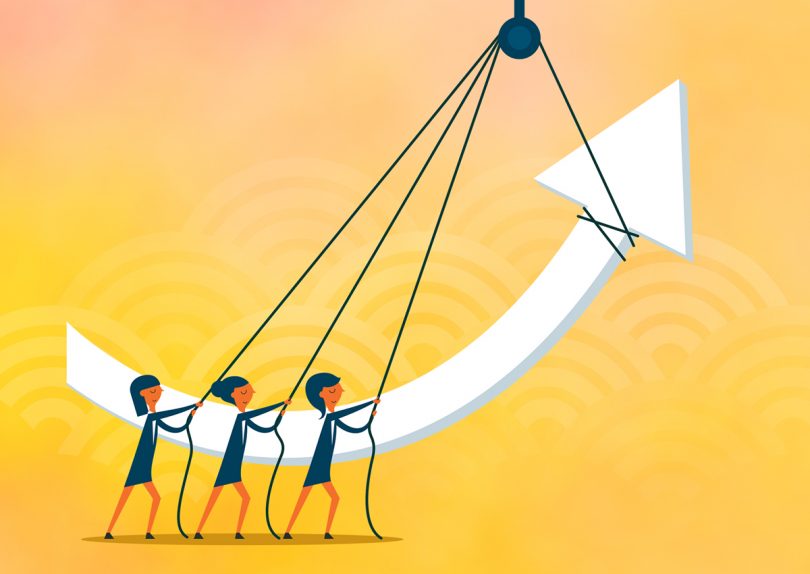
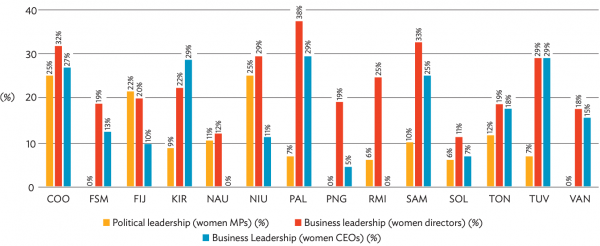
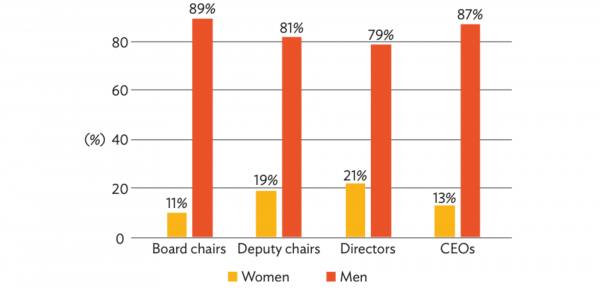
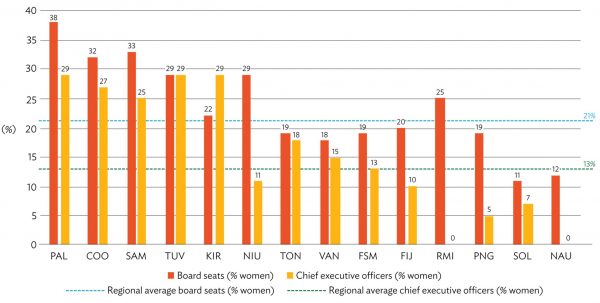
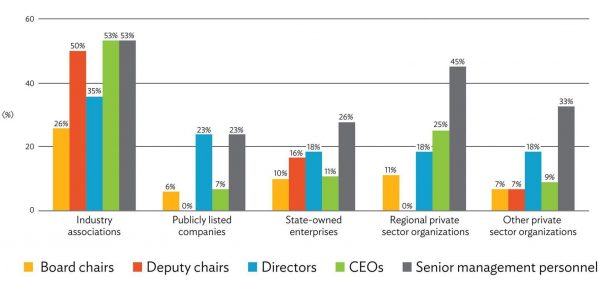


I was pleasantly delighted to learn of the Pacific business community’s initiatives to promote women’s leadership in the area. As someone who is concerned about gender equality and women’s empowerment, I am encouraged to see that businesses are realizing the value of promoting and supporting women in leadership positions. I recently signed up with Echelon Front for various training sessions on this matter. The article’s data, such as the low representation of women in senior positions in the business sector and the high incidence of gender-based violence, underline the importance of taking action. Initiatives like the Pacific Women in Business Mentoring Program and the formation of women’s networks are critical in providing support, resources, and opportunities for women to succeed in their careers. It is also encouraging to see that businesses are not just focusing on promoting women within their own organizations, but also in the wider community through partnerships and collaborations.